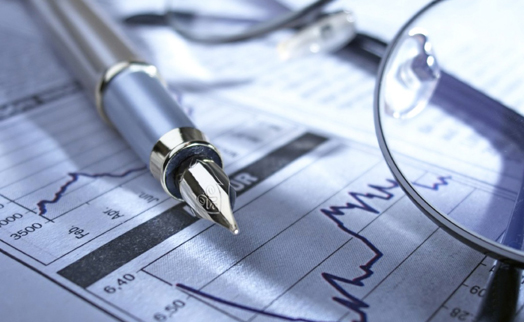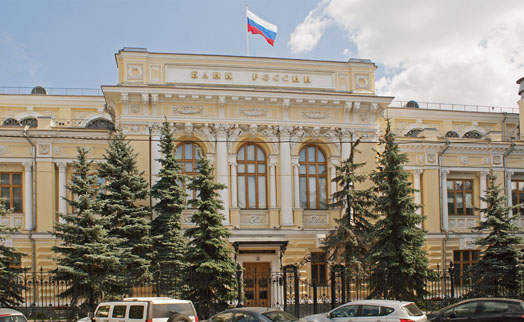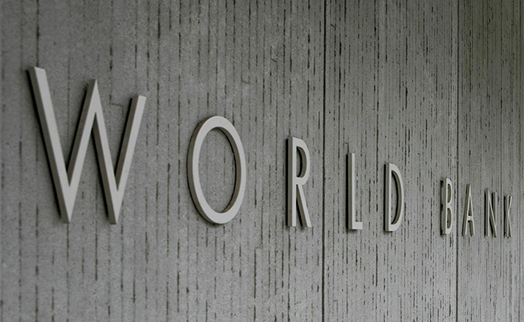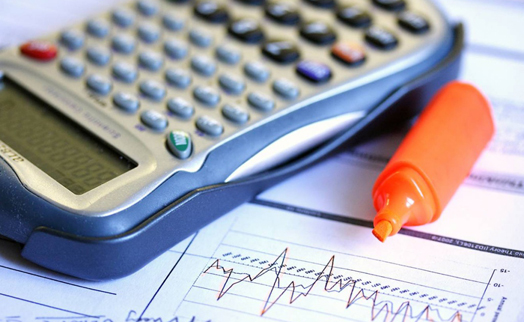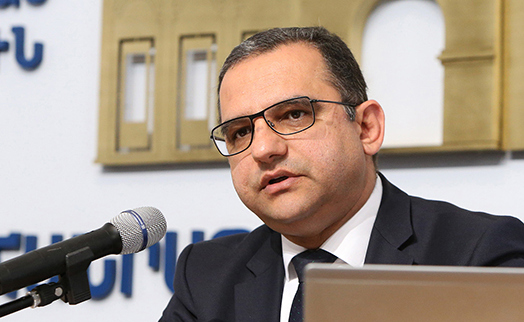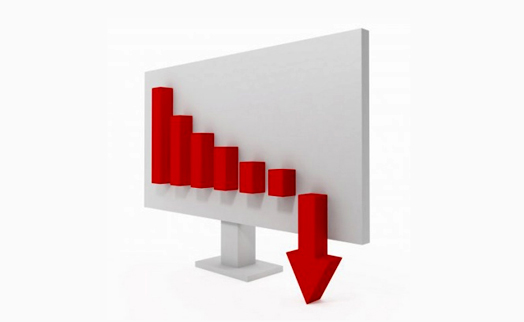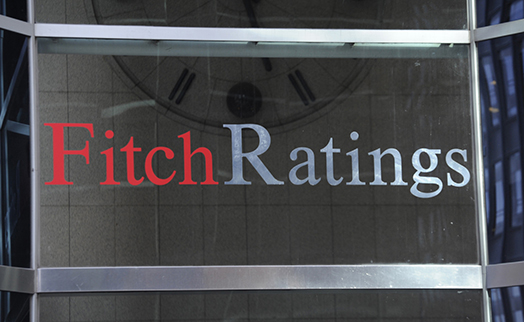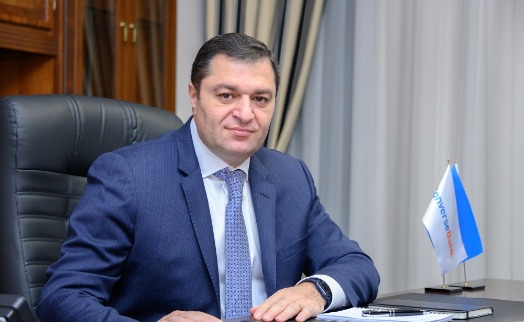31.03.2021 17:37
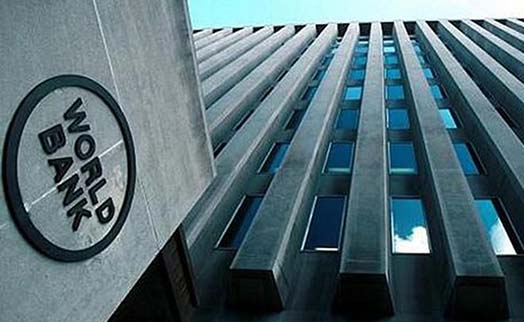
YEREVAN, March 31, /ARKA/. In 2020, Armenia experienced one of the region’s sharpest GDP contractions—7.6 percent—as a severe COVID-19 outbreak and a military conflict with Azerbaijan late in the year impacted performance, according to World Bank's latest 'Europe and Central Asia Economic Update, Spring 2021.'
According to the report, poverty in Armenia is estimated to have increased by 7 percentage points in 2020. The economic recovery will be gradual, with output reaching pre-COVID levels by 2023, assuming that the pandemic is contained, and regional stability maintained. Risks to the recovery include a slow pace of immunization and elevated political uncertainty
Before the coronavirus pandemic, Armenia was making gradual improvements to its business environment and establishing a track record of prudent economic management, underpinned by a robust fiscal rule, an inflation-targeting monetary policy framework, and improving financial sector oversight. The authorities launched an ambitious reform program aimed at strengthening governance in 2018. Economic growth was strong, averaging 6.4 percent in 2018 and 2019.
Despite Armenia’s reform progress, structural challenges have prevented the country from reaching its full potential. These include governance gaps such as incomplete judicial reform, weak connectivity (resulting in limited trade integration and undiversified trade patterns), an aging population, and a labor market characterized by high unemployment, pervasive informality, and skills mismatches. A tense geopolitical situation exacerbates these challenges.
Armenia’s progress was derailed in 2020 by twin shocks: the worst military confrontation with Azerbaijan since 1994 and the coronavirus pandemic. Armenia suffered a severe COVID-19 outbreak, ranking 27th globally in recorded cases per million population. Meanwhile, the country’s conflict with Azerbaijan escalated dramatically in September 2020.
Although the November 10th ceasefire halted hostilities, Armenia has since entered a period of heightened domestic political instability. These twin shocks led to a sharp economic contraction, increased poverty, and a fiscal deterioration. Nevertheless, Armenia maintained overall macroeconomic stability and healthy external buffers through the crisis. Recent developments Real GDP contracted by 7.6 percent in 2020. Services—trade and the hospitality sector, in particular—were most affected, contracting by 10 percent. Reflecting structural challenges, for the fifth consecutive year agricultural output fell (by 4 percent). On the demand side, private consumption and investment slumped, while the drag from net exports eased as the decline in imports outpaced that of exports.
The pandemic’s impact on vulnerable households, which has been severe, was only partially mitigated by the government’s COVID-19 response (estimated at 3.5 percent of GDP, including support through the banking sector to businesses). The poverty rate (measured at the uppermiddle-income economy poverty line) is estimated to have jumped to over 51 percent in 2020, a 7 percentage point rise.
The unemployment rate rose by 1 percentage point year on year, reaching 18.1 percent at end-September 2020. Somewhat effective mitigation measures implemented by the government and the relatively short duration of pandemic-related restrictions prevented an even greater increase in unemployment. The budget deficit widened sharply to 5.1 percent of GDP in 2020 (from 0.8 percent of GDP in 2019), driven by increased spending associated with the government’s pandemic response, higher military spending, and depressed tax revenues.
The deficit was financed by a deposits drawdown and increased public borrowing, prompting Armenia to invoke its fiscal rule’s escape clause as public debt rose above the statutory level of 60 percent of GDP. Inflation remained subdued through most of 2020, reflecting weak aggregate demand. However, price pressures accelerated in December and reached 5.3 percent in February 2021, prompting the Central Bank of Armenia (CBA) to raise its policy rate. The recent uptick in inflation was driven by an increase in international food prices and exchange rate depreciation pass-through.
The current account deficit narrowed in 2020 as import compression and higher official grants offset a sharp decline in export earnings and weaker remittances. FDI contracted further from a low base, but higher public sector external borrowing boosted foreign exchange reserves (which provided 4.7 months of import cover at end-2020). The issuance of a $750 million Eurobond in early 2021 further increased external buffers.
The CBA intervened to smooth dram volatility, which came under pressure in late 2020 owing to political instability after remaining relatively stable for most of the year. Outlook GDP growth is projected to recover partially in 2021 (to 3.4 percent) and more strongly in 2022 (4.3 percent). The recovery will be slow; the economy is unlikely to return to pre-COVID output levels until 2023. The baseline scenario assumes that the authorities will not enact additional lockdowns and restrictions in 2021.
Although the pace of vaccinations will gradually ramp up, the authorities do not expect to vaccinate a significant share of the population until 2022. The baseline scenario also assumes improved political stability. Private consumption and the services sector are expected to recover gradually. Private investment will likely remain subdued, reflecting weak investor confidence. High post-conflict spending and ambitious public investment plans— although tempered by execution challenges—will keep the fiscal deficit elevated and drive the debt-to-GDP ratio above 70 percent in the medium term.
Average inflation is forecast to remain close to the CBA’s 4-percent target in 2021 but could surge higher if global food and fuel prices continue to rise unexpectedly. The current account deficit is projected to remain near 5–6 percent of GDP in 2021– 23, as recovering demand spurs import growth, and the global recovery boosts exports and remittances. FDI inflows are expected to remain subdued, but public borrowing will keep reserves at a comfortable level over the medium term.
The COVID-19 outbreak is estimated to have had a devastating impact on vulnerable households. Forecasts suggest that 48 percent of the population will remain below the $5.5 2011 PPP poverty line in 2021, driven by income losses, down only slightly from 51 percent in 2020. The risks to the outlook are weighted heavily to the downside. They include uncertainty over progress in containing the pandemic and the pace of vaccination, weak economic recovery in key trading partners like the Russian Federation, geopolitical fragility, and heightened political uncertainty. -0-
Read the news first and discuss them in our Telegram
Tags:





